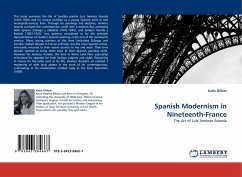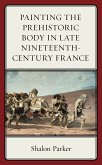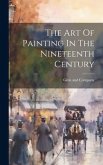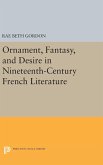This book examines the life of Sevillan painter Luis Jiménez Aranda (1845-1928) and his unique position as a young Spanish artist in late nineteenth-century Paris. Through his paintings and sketches, Jiménez Aranda surveyed the contemporary world with a modern flair predating both Ignacio Zuloaga y Zabaleta (1870-1945), and Joaquín Sorolla y Bastida (1863-1923), two painters considered to be the principle representatives of modern Spanish painting at the end of the nineteenth century. Many young painters at this time (including Zuloaga and Sorolla) studied abroad in France and Italy, but like most Spanish artists, eventually returned to their native country to live and work. Their time abroad seemed to bring them back to their Spanish painting roots. However for Jiménez Aranda, the time in Rome (and Paris especially) stimulated his appetite for both foreign subjects and styles. Remaining in France for the latter part of his life, Jiménez Aranda's art realized a modernity of stylelong absent in the work of his contemporaries, culminating in his masterpiece entitled Lady at the Paris Exposition (1889).
Bitte wählen Sie Ihr Anliegen aus.
Rechnungen
Retourenschein anfordern
Bestellstatus
Storno








